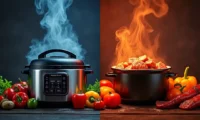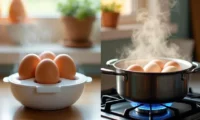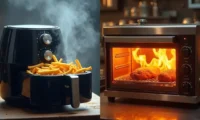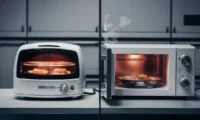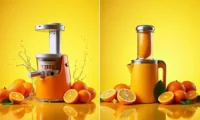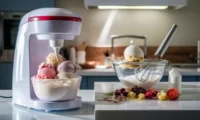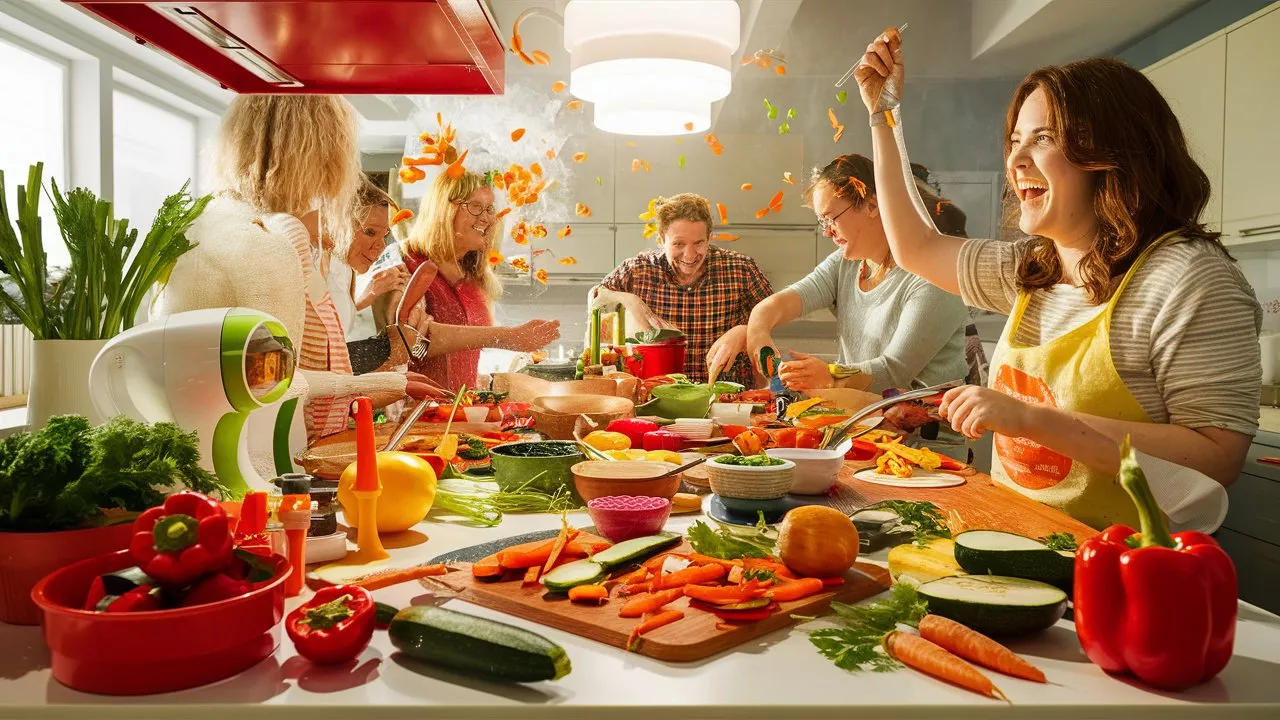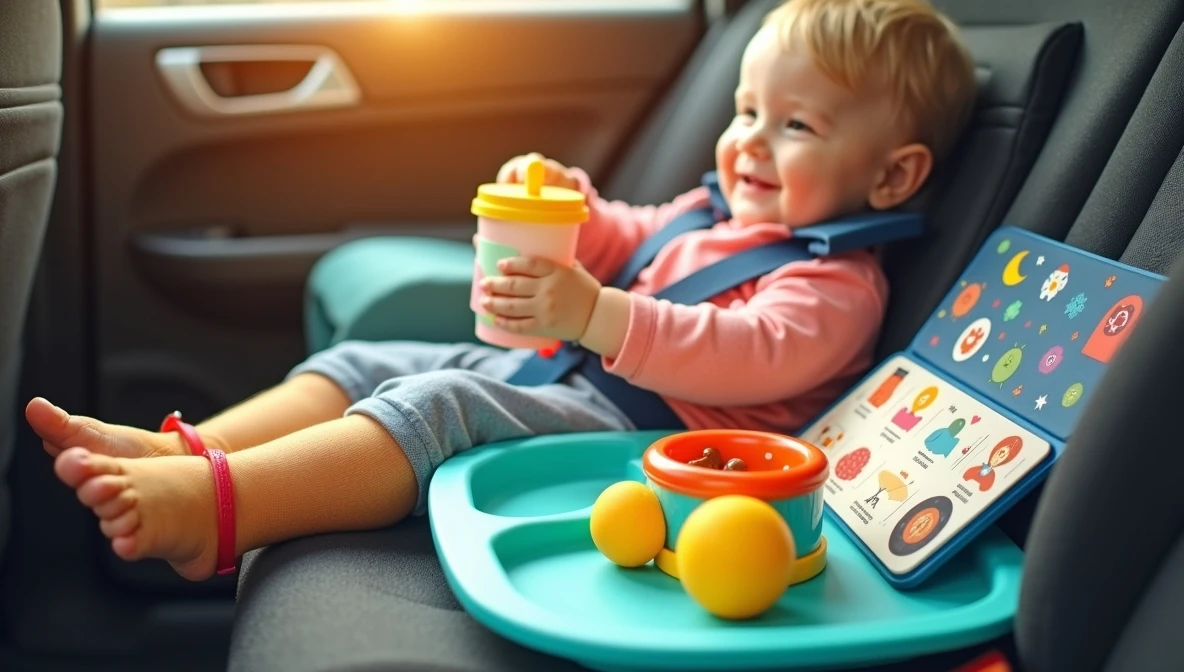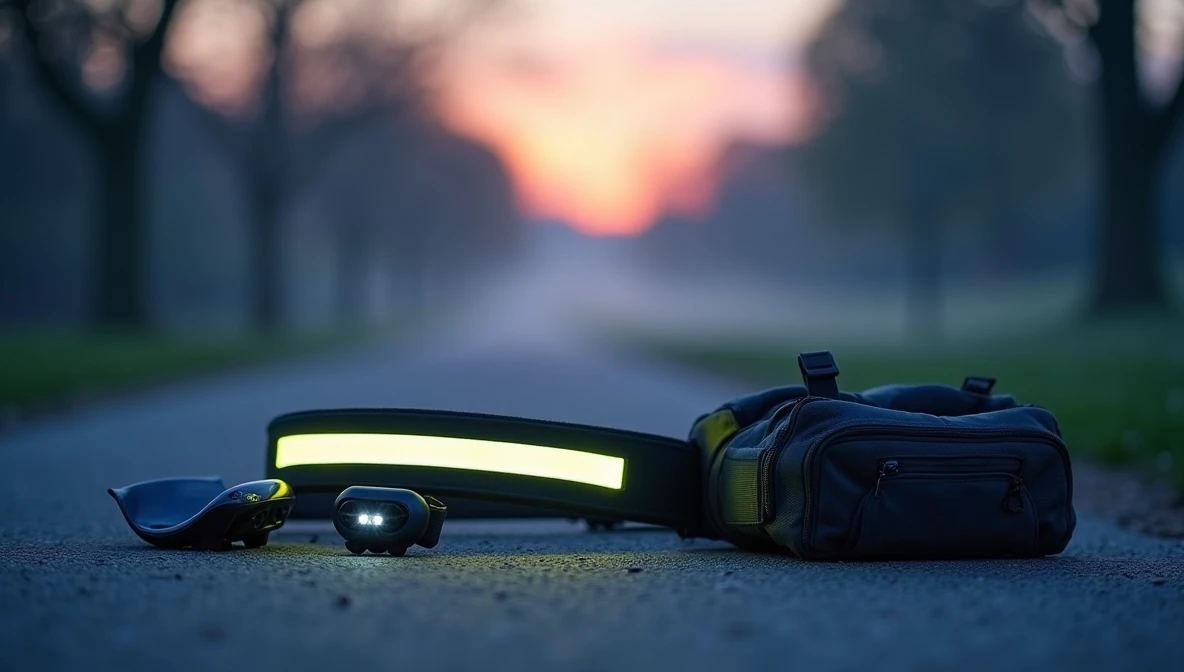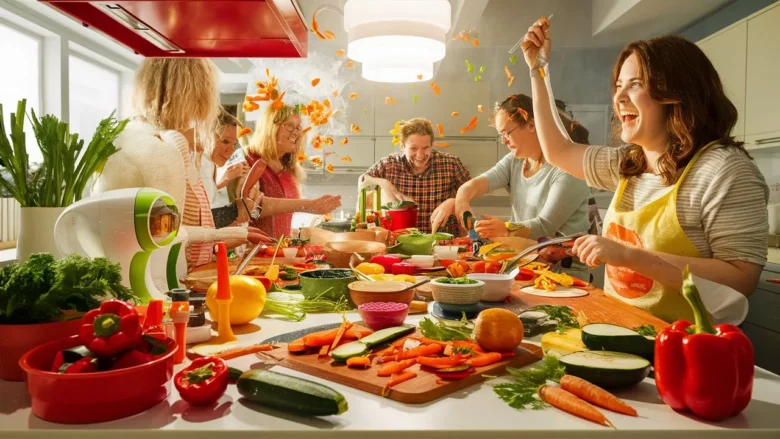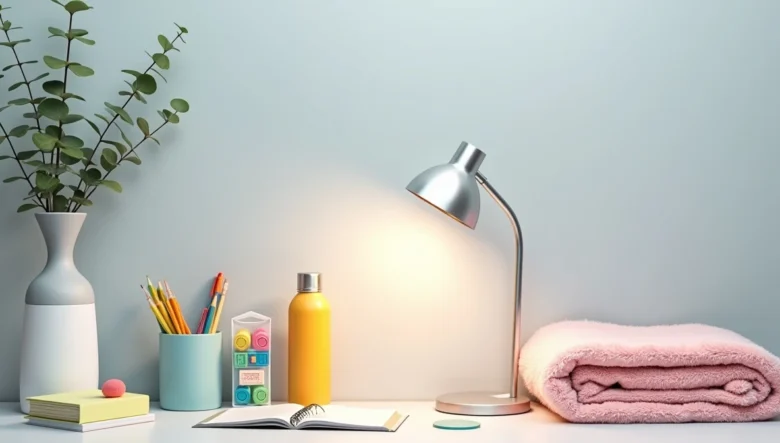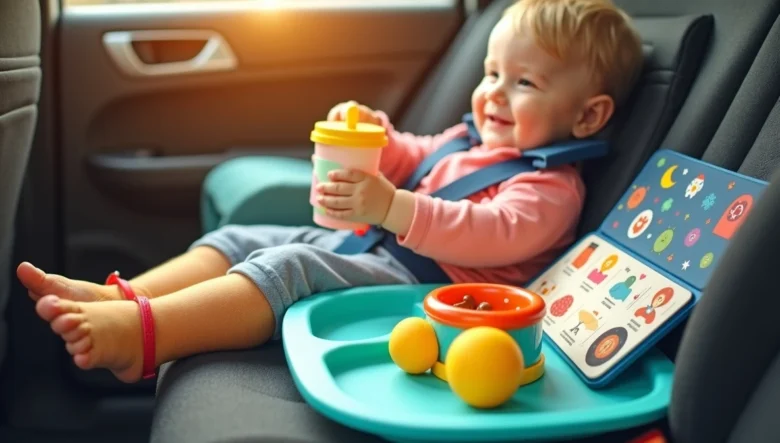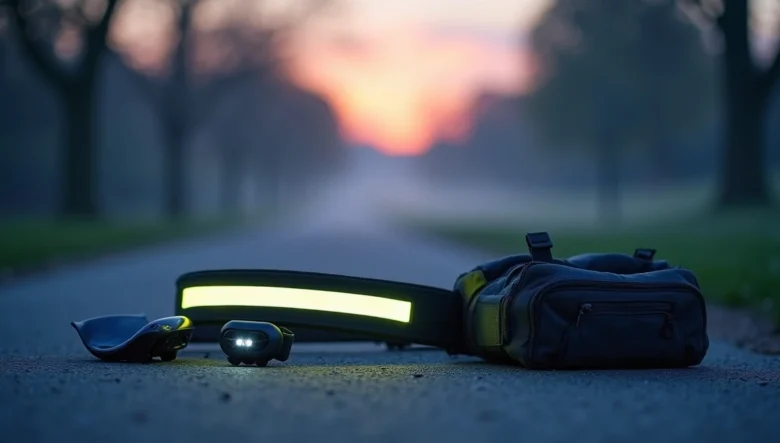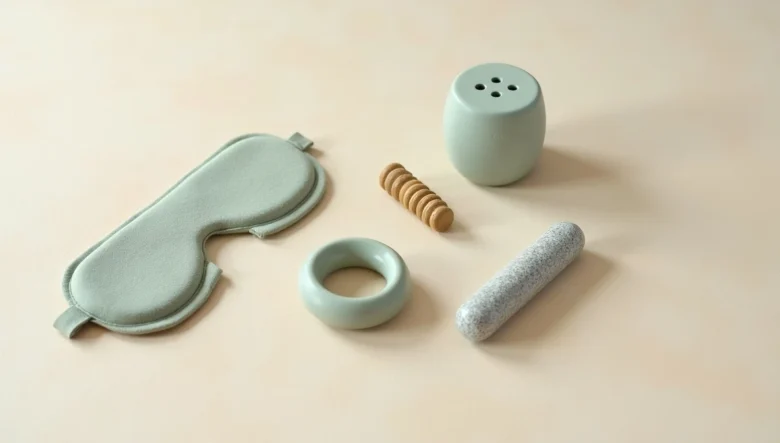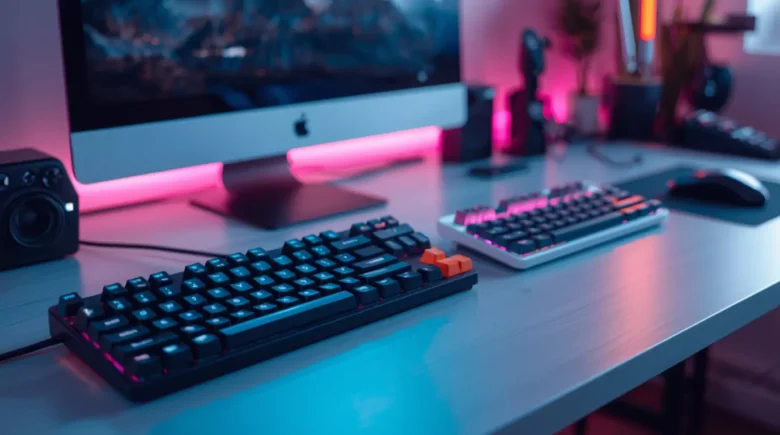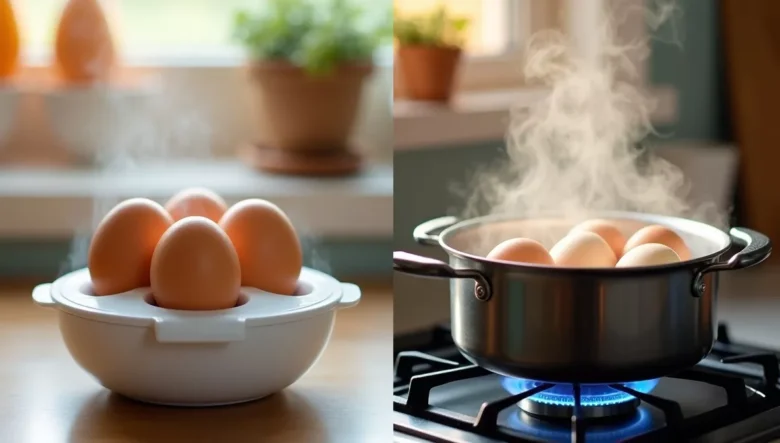I’ve made soup in both.
- The Real Question Nobody’s Asking
- What Makes Electric Soup Makers Different
- What You Get With a Soup Maker
- 💖 You Might Also Like
- What Slow Cookers Actually Do
- What Makes Slow Cookers Work
- The Speed Battle: Which One Wins?
- Texture and Taste: The Real Difference
- Electric Soup Makers Create
- Slow Cookers Create
- ✨ More Stories for You
- The Versatility Problem
- Cleaning: The Part Everyone Forgets
- Who Should Buy an Electric Soup Maker
- 🌟 Don't Miss These Posts
- Who Should Buy a Slow Cooker
- The Cost Breakdown
- Common Mistakes People Make
- With Soup Makers
- With Slow Cookers
- The Third Option Nobody Talks About
- My Honest Take After Using Both
- Frequently Asked Questions
- Can you make chunky soup in an electric soup maker?
- How long does soup last from each method?
- Can I leave a soup maker unattended?
- Is slow cooker soup healthier than soup maker soup?
- Can I use frozen vegetables in both?
- Which one saves more money on groceries?
- Do I need to sauté vegetables first in either one?
- Can either one handle bone broth?
- The Bottom Line on Electric Soup Maker vs Slow Cooker Soup
And I’m going to tell you exactly which one you need.
No BS.
Just facts.
The Real Question Nobody’s Asking
Here’s what people get wrong.
They think it’s about which makes better soup.
It’s not.
It’s about which one fits YOUR life.
Because the “best” tool is the one you’ll actually use.
Not the one sitting in your cabinet collecting dust.
What Makes Electric Soup Makers Different
An electric soup maker does one thing.
Makes soup.
That’s it.
Here’s how it works:
You throw ingredients in.
Press a button.
20-30 minutes later, you have hot, blended soup.
The machine cooks AND blends.
Same container.
No extra steps.
No transferring hot liquid to a blender (which, by the way, I’ve burned myself doing at least five times).
What You Get With a Soup Maker
- Built-in heating element that cooks your ingredients
- Blending blades that puree everything smooth
- Preset programs for different soup types
- Usually makes 2-4 servings per batch
- Takes up counter space (about the size of a large coffee maker)
- Costs between $50-$150 for decent ones
I bought mine after the third time I splattered hot butternut squash soup all over my kitchen ceiling.
True story.
💖 You Might Also Like
What Slow Cookers Actually Do
A slow cooker is the opposite of specialized.
It’s a heating pot.
That’s literally it.
Low heat.
Long time.
No blending.
No stirring.
No nothing.
What Makes Slow Cookers Work
- Single heating element at the bottom
- Ceramic or metal insert pot
- Cooks at low temperatures (200-300°F) for hours
- Makes 4-8 quarts typically
- Can make soup, stews, roasts, beans, chili, pot roast, pulled pork
- Costs $30-$100 for solid models
My slow cooker has made everything from soup to BBQ pulled pork to breakfast casserole.
It doesn’t care what you put in it.
The Speed Battle: Which One Wins?
Electric soup maker: 20-30 minutes start to finish.
Slow cooker: 4-8 hours minimum.
But here’s the catch.
The slow cooker doesn’t need you.
You dump ingredients in the morning.
Walk away.
Come home to dinner.
The soup maker needs you there.
You can’t leave the house.
It’s fast, but you’re committed for that 30 minutes.
Texture and Taste: The Real Difference
Electric Soup Makers Create
Smooth soups.
Pureed soups.
Creamy soups.
Everything gets blended.
That’s the point.
You CAN make chunky soup, but you’re fighting against what the machine wants to do.
It wants to blend.
Slow Cookers Create
Whatever texture you want.
Chunky vegetable soup with big pieces of carrot and celery?
Easy.
Smooth pureed soup?
You’ll need to blend it separately.
The slow, gentle heat develops flavors differently too.
Ingredients meld together.
Flavors deepen.
It’s why your grandma’s slow-cooked chicken noodle soup tastes different than the 30-minute version.
✨ More Stories for You
The Versatility Problem
This is where the slow cooker destroys the soup maker.
My slow cooker has made:
- Pot roast
- Chili
- Mac and cheese
- Oatmeal
- Whole chickens
- Ribs
- Dips for parties
- Mulled wine
My soup maker has made soup.
And more soup.
That’s it.
Because it blends everything, you can’t really make anything else.
Cleaning: The Part Everyone Forgets
Electric soup maker:
One container to clean.
But it has blades at the bottom.
You have to reach in carefully.
Most aren’t dishwasher safe.
Takes 5 minutes.
Slow cooker:
Remove the insert.
Throw it in the dishwasher.
Done.
Takes 30 seconds.
Unless you burned something to the bottom, then you’re scrubbing for 15 minutes.
Who Should Buy an Electric Soup Maker
You eat soup multiple times per week.
You live alone or with one other person.
You want smooth, pureed soups.
You hate using multiple appliances.
You have counter space.
You’re home during meal prep.
You value speed over depth of flavor.
I have a friend who meal preps soup every Sunday.
Makes three different batches.
Portions them out for lunches.
For her, the soup maker is perfect.
🌟 Don't Miss These Posts
Who Should Buy a Slow Cooker
You cook for a family.
You want flexibility.
You’re gone during the day.
You like chunky soups and stews.
You want one appliance that does everything.
You have limited counter space (slow cookers can live in a cabinet).
You prefer deeper, developed flavors.
Most households I know own a slow cooker.
It’s not sexy.
But it works.
The Cost Breakdown
Here’s what you’ll actually spend:
Electric soup maker:
- Initial cost: $50-$150
- Electricity: About $0.05 per use
- Lifespan: 3-5 years typically
- Cost per use over 5 years (using weekly): About $0.60
Slow cooker:
- Initial cost: $30-$100
- Electricity: About $0.15-$0.20 per 8-hour cook
- Lifespan: 10-15 years (these things are tanks)
- Cost per use over 10 years (using weekly): About $0.25
The slow cooker wins on economics.
Not even close.
Common Mistakes People Make
With Soup Makers
Overfilling it.
The blending action needs space.
Fill past the max line and you get soup fountains.
Not cutting ingredients small enough.
Big chunks don’t cook evenly in 25 minutes.
Expecting it to brown or sauté.
It heats and blends.
That’s it.
With Slow Cookers
Opening the lid constantly.
Every time you peek, you add 15-20 minutes to cook time.
Adding dairy at the beginning.
It curdles.
Always add milk or cream in the last 30 minutes.
Using too much liquid.
Slow cookers don’t evaporate much.
Less liquid than stovetop recipes.
The Third Option Nobody Talks About
Instant Pot with a blender.
Or any pressure cooker.
You get:
- Speed (30-40 minutes total)
- Versatility (makes everything)
- Control over texture
- One extra step (blending separately)
I actually use this combination more than either dedicated appliance.
But that’s a different conversation.
My Honest Take After Using Both
I own both.
I use the slow cooker 10x more often.
The soup maker sits in my cabinet.
Not because it’s bad.
It does exactly what it promises.
But I got tired of smooth soup.
And I started cooking more than just soup.
If you ONLY want to make pureed soups and you make them constantly, get the soup maker.
For literally everyone else, get a slow cooker.
Frequently Asked Questions
Can you make chunky soup in an electric soup maker?
Yes, but you’re working against the machine. Most have a “chunky” setting that blends less, but you’ll never get the same texture as a slow cooker or stovetop soup. The blades are there for a reason.
How long does soup last from each method?
Both last the same in your fridge (3-4 days) or freezer (3-4 months). The cooking method doesn’t affect storage time. What matters is how quickly you cool it down and how you store it.
Can I leave a soup maker unattended?
Most manufacturers say no. While it auto-shuts off, you should stay nearby. It’s only 20-30 minutes anyway, so this isn’t a huge deal unless you need to run errands.
Is slow cooker soup healthier than soup maker soup?
No meaningful difference. Both use water-based cooking which preserves nutrients well. The main difference is that slow cooking can break down tough proteins and vegetables more thoroughly, making some nutrients easier to absorb.
Can I use frozen vegetables in both?
Yes in both. Soup makers handle frozen veggies fine since they’re blending anyway. Slow cookers actually do better with frozen veggies than some people think, just add 30-60 minutes to your cook time.
Which one saves more money on groceries?
The slow cooker wins here. You can use cheaper cuts of meat (they get tender over time), buy bulk dried beans, and make larger batches. Soup makers work best with fresh or frozen veggies, limiting your bulk-buying options.
Do I need to sauté vegetables first in either one?
Soup makers do everything in one pot, no sautéing. For slow cookers, sautéing onions and garlic first adds flavor, but it’s optional. I skip it when I’m lazy and the soup still tastes good.
Can either one handle bone broth?
Slow cookers are perfect for bone broth (12-24 hours of simmering). Electric soup makers can’t make real bone broth since they only run 30 minutes max. Not enough time to extract nutrients from bones.
The Bottom Line on Electric Soup Maker vs Slow Cooker Soup
Buy the tool that matches your actual life.
Not the life you wish you had.
If you’re realistically going to make pureed soup three times a week, get the soup maker.
If you want a kitchen workhorse that makes everything including soup, get the slow cooker.
Me?
I keep both.
But if I could only have one, I’d grab the slow cooker on my way out the door.
Every single time.
Because when it comes down to choosing between an electric soup maker vs slow cooker soup, versatility beats specialization in my kitchen.



